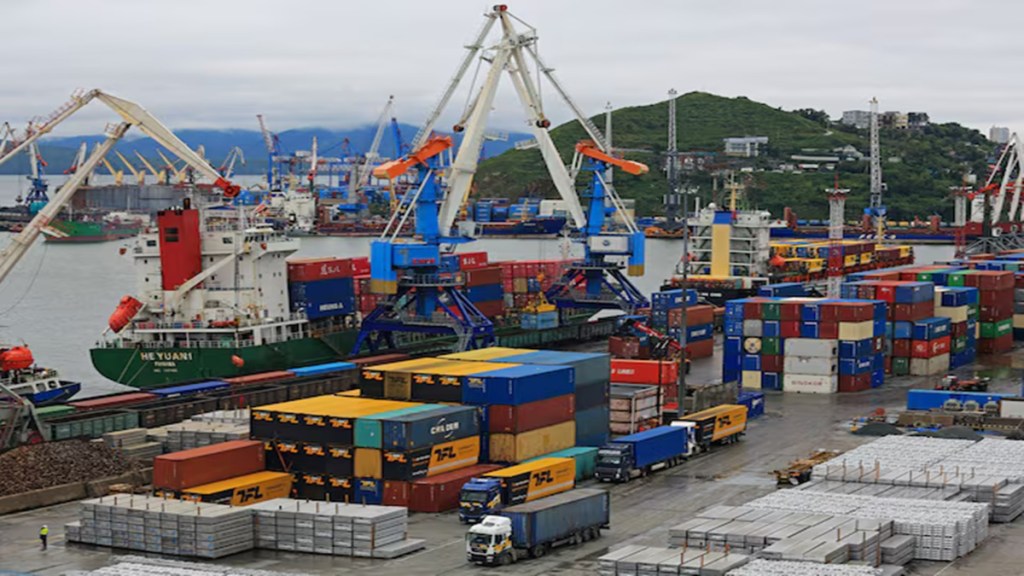Between 2024 and 2029, India is expected to make a significant stride in global trade, contributing to about 6 per cent in the world’s trade growth, stated a report by DHL and the New York University Stern School of Business. India will rank third in terms of absolute trade expansion, just behind China at 12 per cent and the United States at 10 per cent. Over the next five years, four countries are forecast to rank among the top 30 for both speed (growth rate) and scale (absolute amount) of trade growth: India, Vietnam, Indonesia, and the Philippines, it said.
Emphasising on India’s trade performance in recent years, the report said, in 2024, the country was the 13th largest trading nation globally, but its trade volume grew at a 5.2 per cent compound annual rate from 2019 to 2024, while global trade grew at only a 2.0 per cent rate. “India’s rapid trade growth reflected both its swift macroeconomic growth and its increasing participation in international trade. While China is often viewed as a more trade-oriented economy than India, India’s goods trade-to-GDP ratio was almost as high as China’s in 2023, and India’s trade intensity exceeded China’s when considering trade in both goods and services,” the report added.
According to the findings of the report, the countries expected to deliver the most absolute trade growth are spread across Asia, Europe, and North America, the report maintained. At the same time, the countries with the fastest projected trade growth also include several in Africa and Latin America. At the level of major world regions, the fastest trade volume growth from 2024 to 2029 is forecast for South & Central Asia, Sub-Saharan Africa, and the ASEAN countries – with compound annual growth rates between 5 per cent and 6 per cent. All other regions are forecast to grow at rates of 2 per cent to 4 per cent.
The DHL Trade Atlas 2025 highlighted how global trade growth has proven surprisingly resilient in the face of recent disruptions. This pattern, it said, is likely to continue even as the US begins a campaign of tariff increases.
Reasons for optimism
According to the DHL Trade Atlas 2025, there are several reasons for optimism about the future of global trade despite a turn towards more restrictive US trade policies. “Most countries continue to pursue trade as a key economic opportunity, and US trade barriers could strengthen ties among other countries. Also, many of Trump’s tariff threats may end up different than originally proposed or delayed to prevent a spike in domestic inflation,” it said. Moreover, the report added, the US share of world imports currently stands at 13 per cent, and its share of exports is 9 per cent – enough for US policies to have substantial effects on other countries but not enough to unilaterally determine the future of global trade.
“While the US could pull back from trade – at a significant cost – other countries are not likely to follow the US down that path because smaller countries would suffer even more in a global retreat from trade,” said Steven Altman, Senior Research Scholar and Director of the DHL Initiative on Globalization at NYU Stern’s Center for the Future of Management.

